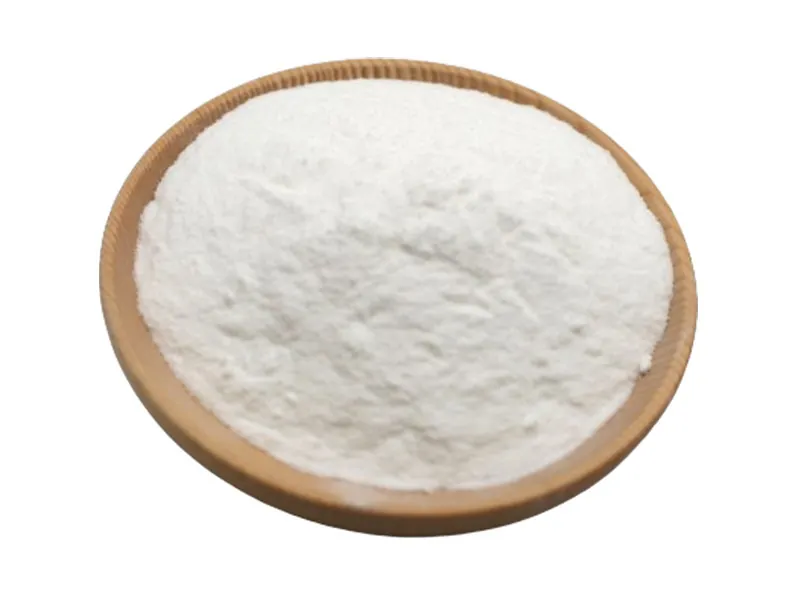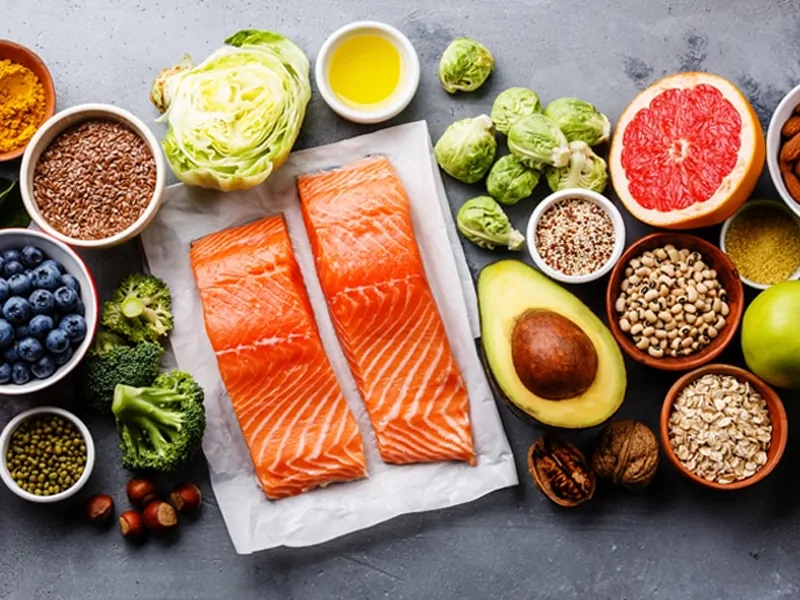In the quest for better gut health, organic resistant dextrin (powder/syrup) and inulin stand out as prebiotic heavyweights—but they’re metabolically worlds apart. Here’s how to choose wisely for your biology.
Core Chemical Clash
| Property | Organic Resistant Dextrin | Organic Inulin |
|---|---|---|
| Source | Corn/tapioca starch (enzyme-modified) | Chicory root/jerusalem artichoke |
| Structure | Highly branched glucose chains | Linear fructose chains (Fructan) |
| Solubility | Mixes instantly → no clumping | Gel-like → thickens liquids |
| Fermentation Speed | Slow, steady → minimal gas | Rapid → bloating in sensitive guts |
| Caloric Value | 2 kcal/g | 1.5 kcal/g |
Science Insight: Dextrin = “soluble fiber”; Inulin = “fructan” (a FODMAP).
Gut Health Impact: Divergent Paths
Resistant Dextrin’s Gut Benefits:
- Feeds Bifidobacteria without triggering methane (SIBO-safe)
- Slows fermentation → 80% less gas than inulin (Gut Microbes 2019)
- Clinically shown to increase stool frequency by 40% (no diarrhea)
Inulin’s Gut Pitfalls:
- Ferments fast → produces hydrogen gas + abdominal pain
- FODMAP status triggers IBS in 68% of sufferers (Monash University)
- May feed methane-producing archaea (linked to constipation)
Functional Differences: Powder vs. Syrup
| Use Case | Resistant Dextrin Wins | Inulin Wins |
|---|---|---|
| Beverages | Syrup → dissolves instantly, no grit | Powder → gels/clumps in cold drinks |
| Baking | Powder → no texture change, browns normally | Inulin → adds chewiness, reduces rise |
| Athletic Hydration | Syrup + electrolytes → 30% faster fluid uptake | ❌ Slows gastric emptying |
| Low-FODMAP Diets | ✅ Certified low-FODMAP | ❌ High-FODMAP trigger |
Organic Advantage: Guarantees non-GMO crops and absence of pesticide residues → critical for sensitive microbiomes.
Health Benefits Beyond the Gut
Dextrin’s Hidden Perks:
- Blood Sugar Control: Binds to glucose → slows absorption (GI ↓ 28%)
- Heavy Metal Detox: Binds lead/cadmium → excreted via colon (EFSA Journal)
- Kidney Protection: Reduces uremic toxins in CKD patients
Inulin’s Niche Strengths:
- Calcium Booster: Increases bone mineral density by 15% in teens
- Fat Replacement: Creamy texture in dairy-free ice cream
Red-Flag Groups: Who Should Avoid Each?
| Fiber | Avoid If… | Safer Alternative |
|---|---|---|
| Resistant Dextrin | Rare glucose intolerance | PHGG |
| Inulin | • IBS/SIBO • Fructose malabsorption • Histamine intolerance | Acacia fiber |
Usage Tips to Dodge Discomfort
- Dextrin Start Dose: 3g/day → increase 1g/week
- Inulin Tolerance Hack: Pre-activate with probiotics → reduces gas
- Never Combine With: Carbonated drinks (amplifies bloating)
The “Organic” Edge Explained
| Conventional Risk | Resistant Dextrin Fix | Inulin Fix |
|---|---|---|
| Glyphosate in crops | ND residues | ND residues |
| Bleaching chemicals | Enzyme-only processing | Water extraction |
| Fillers (maltodextrin) | 100% pure | Often cut with cheaper fibers |
Final Verdict: Match to Your Needs
Choose Organic Resistant Dextrin If You:
- Have IBS/SIBO or gas sensitivity
- Need blood sugar support
- Want seamless texture in drinks
- Seek detox benefits
Choose Organic Inulin If You:
- Tolerate FODMAPs well
- Focus on bone health (teens/postmenopause)
- Manufacture creamy plant-based foods
Golden Rule: Dextrin for sensitive systems; Inulin for robust guts + texture applications.
Bottom Line
While both fibers feed good bacteria, organic resistant dextrin (especially syrup) is the gentler, low-FODMAP choice for everyday health—while inulin excels as a texturizer for those without gut sensitivities. Always prioritize third-party tested organic brands to avoid hidden toxins.
Sources: EFSA Prebiotic Claims (ID 852, 1588), World Gastroenterology Organisation
Contraindications: Avoid both fibers during antibiotic use. Consult a GI doc if you have IBD.
Related Products
Organic Resistant Dextrin
Low-Calorie Prebiotic Fiber for Digestive Health & Clean-Label Formulations
Organic Inulin
Premium Prebiotic Fiber for Nutraceuticals, Food & Beverage Industries
Organic Maltodextrin Powder
Versatile Clean-Label Carbohydrate for Food, Beverage & Nutraceutical Applications




